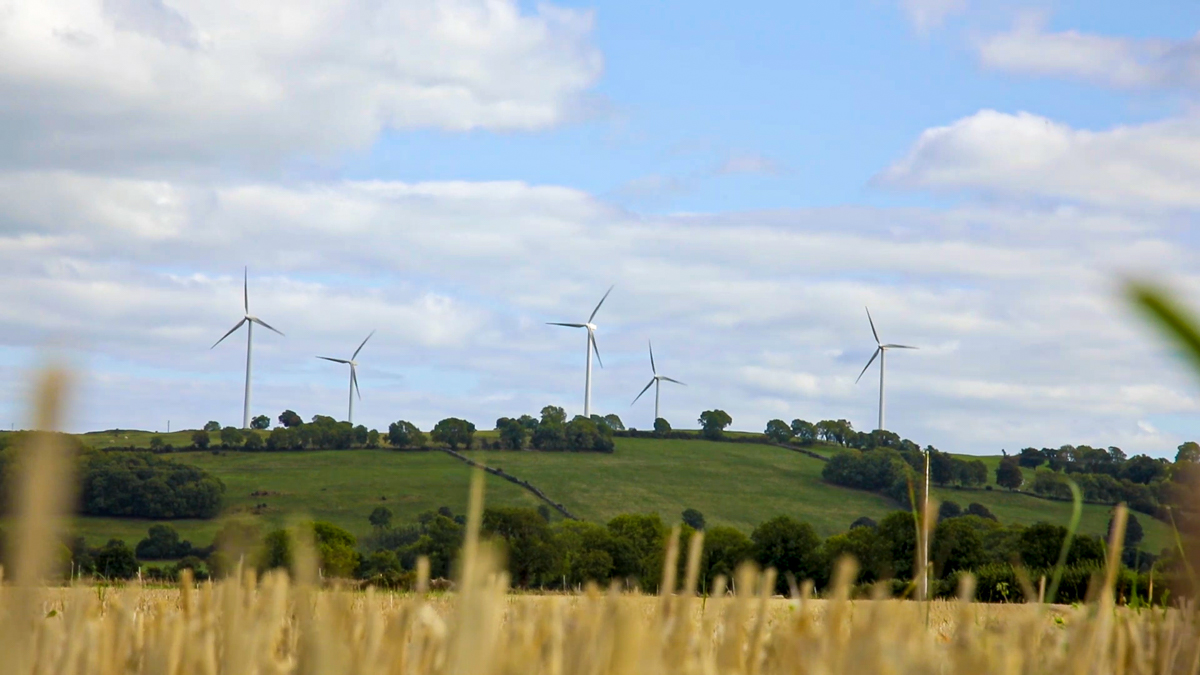The overall demand for gas dropped by 7% due to warmer weather conditions in May, according to Gas Networks Ireland.
Residential demand halved compared to April, it was down by 58% for the education sector and by over a fifth for the laundry sector.
However, as the holiday season began, demand from air travel increased by 38% compared to April.
There were also month-on-month increases in demand from the leisure/sport arenas (+54%), construction (+45%) and retail (+40%) sectors.
The data shows that compared to May 2021, when Covid-19 public health restrictions were in place, air travel demand has increased by 172%, retail by 130% and the hotel sector by 127%.

Gas generated 53% of Ireland’s electricity in May, which was up 1% compared to April.
Wind energy had one of its strongest Mays on record, generating a third of all electricity in the State.
Wind peaked at 69% but due to the variable nature of the renewable energy source there were times in the month when the supply contributed less than 1% of electricity generation.
At times during May, gas powered nearly 90% of the country’s electricity, peaking at 88% and never dropping below 24%. Coal peaked at 13%, with a low of 2%.
May saw a month-on-month decrease in the share of coal for power generation due to an increase in the share of gas contribution to power generation. Coal contributed 5% during the month.
Gas was also the primary source of electricity generation over the May Bank Holiday weekend, providing 68% on the Sunday.
Commenting on the report, Gas Networks Ireland’s head of regulatory affairs, Brian Mullins, said:
“As we move further into the summer, we do not envisage any disruption to gas supply in the immediate future.
“Despite the ongoing war in Ukraine, it is anticipated that restrictions on the importation of Russian gas to the EU will not significantly affect supply to Ireland,” he said.
Mullins explained that Ireland’s requirements will be met by indigenous supply from the Corrib gas field and via the interconnector with the UK, which he said is largely sourced from UK indigenous sources and Norway.
